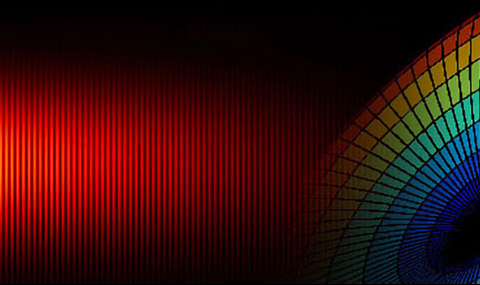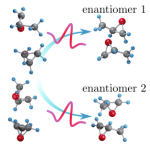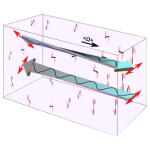THz- and laser-induced Molecular Orientation
In the case of linear molecules, the laser-induced orientation is transient and disappears shortly after the excitation, typically within several hundreds of femtoseconds. The question is whether a long-lasting orientation is possible, i.e., on a nanosecond time scale or even longer. The answer is yes, but only for non-linear molecules, the so-called symmetric- or asymmetric-tops.














